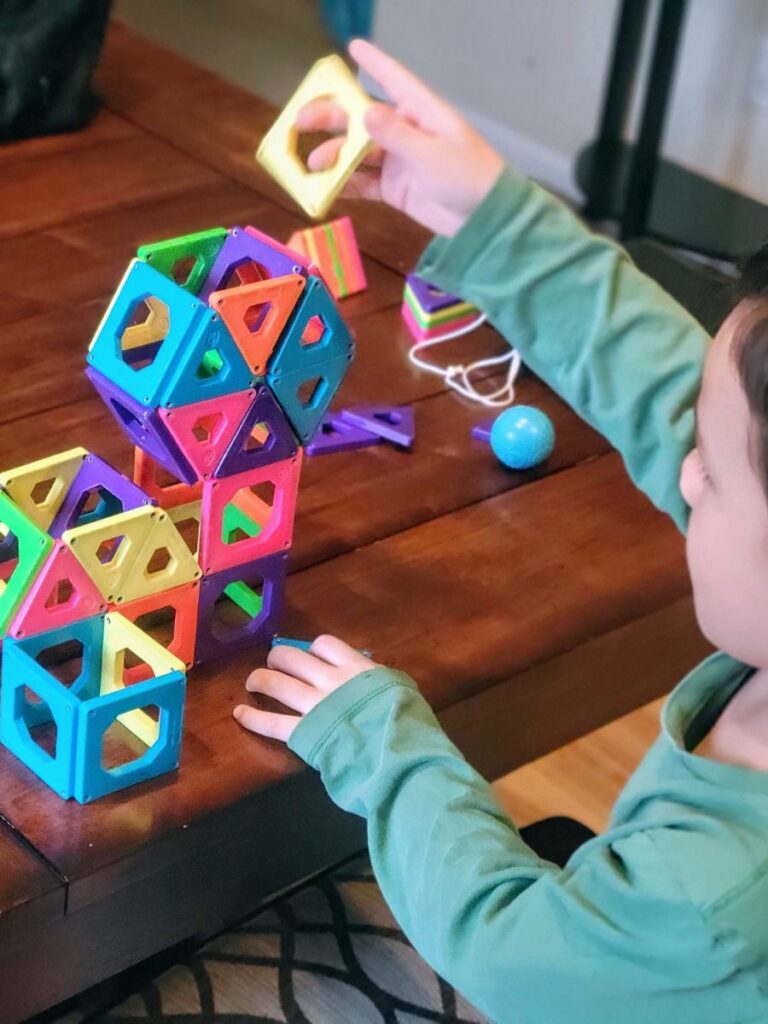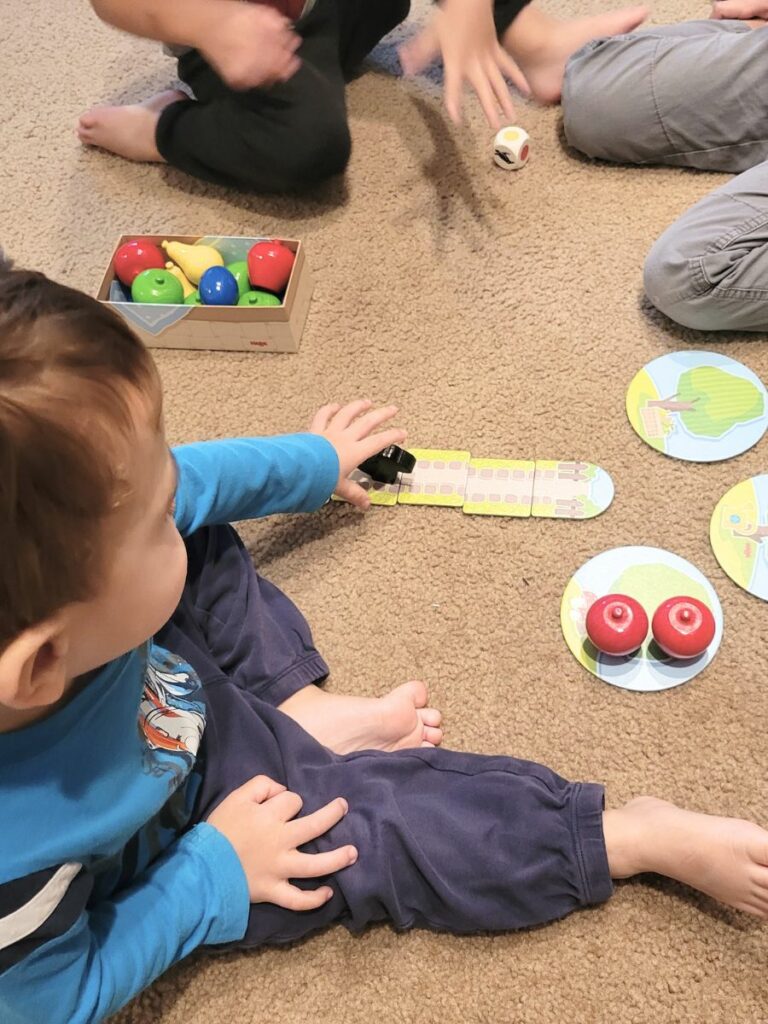Looking for fun and educational activities to keep your kids engaged at home? How about diving into the world of science with some exciting science experiments that are easy to set up and guaranteed to spark curiosity?
These simple science experiments use everyday household items and turn them into magical learning experiences that will amaze your little ones and teach them the wonders of the scientific world.
From walking rainbows to growing gummy bears, these hands-on activities are perfect for exploring basic scientific concepts in a fun and interactive way.
Whether your kids are interested in chemistry, physics, or biology, there’s something here to captivate their imaginations and keep them asking, “Why?” and “How?”
So, gather your supplies and get ready to embark on a journey of discovery right in your own kitchen or backyard.
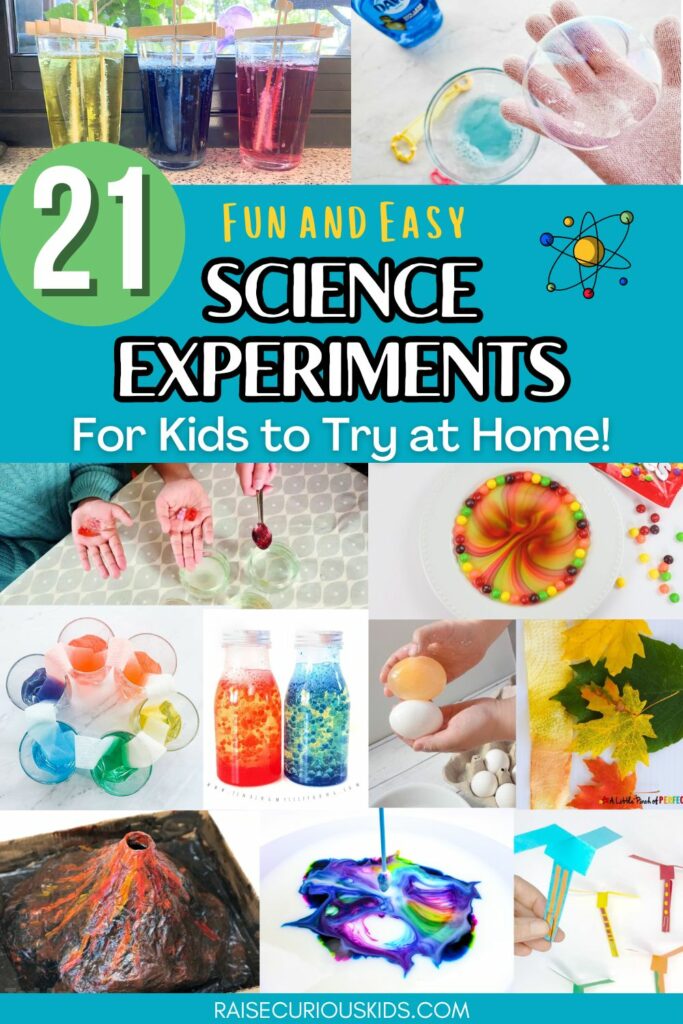
Easy Science Experiments for Kids
Walking Rainbow Science Experiment for Kids
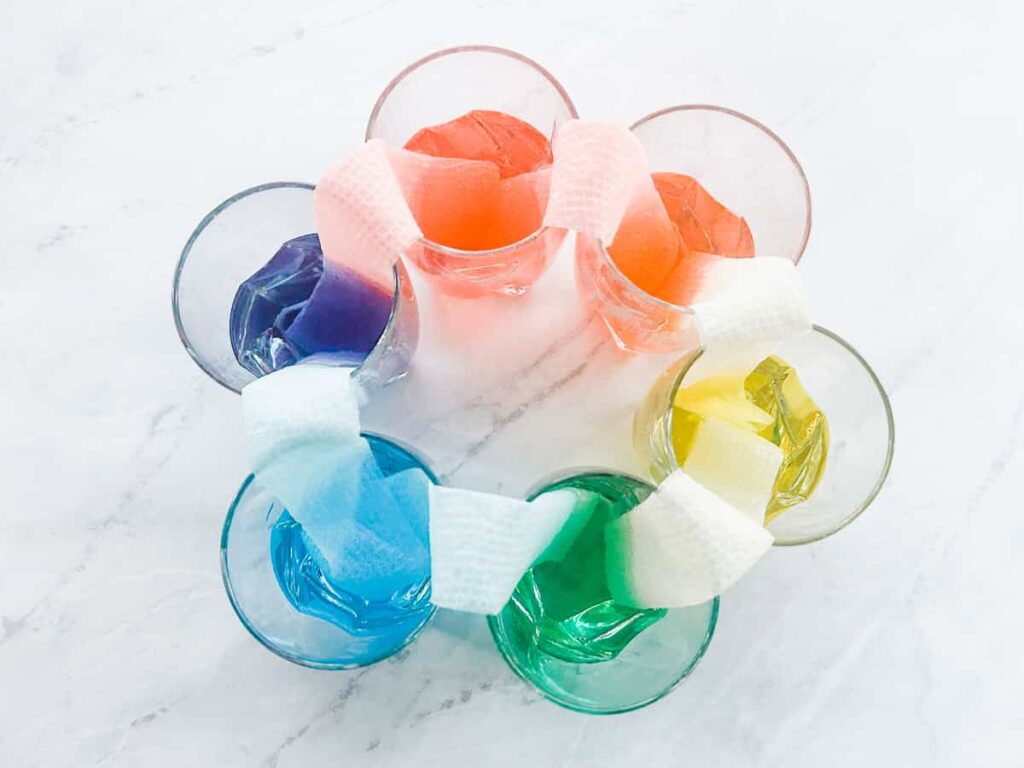
Create a walking rainbow in this fun and easy science experiment for kids! This experiment teaches kids about capillary action, the process by which liquid moves through a material against gravity, illustrating how water travels through plants and other porous materials.
Rain Cloud in a Jar STEM Experiment for Kids
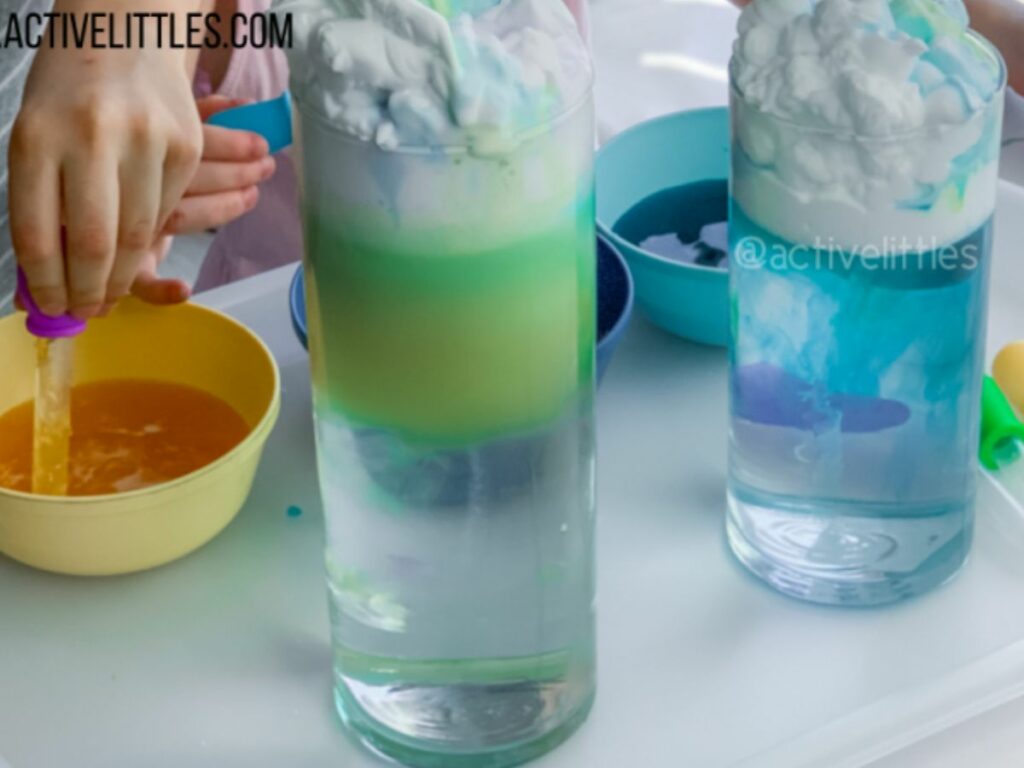
With this raincloud in a jar experiment, kids will learn about the science principle of precipitation, observing how clouds accumulate moisture until they become heavy enough to release rain.
Watch as the color seeps through the shaving cream and “rains” into the jar, demonstrating how real clouds release rain when they become saturated.
Magic Milk Science Experiment
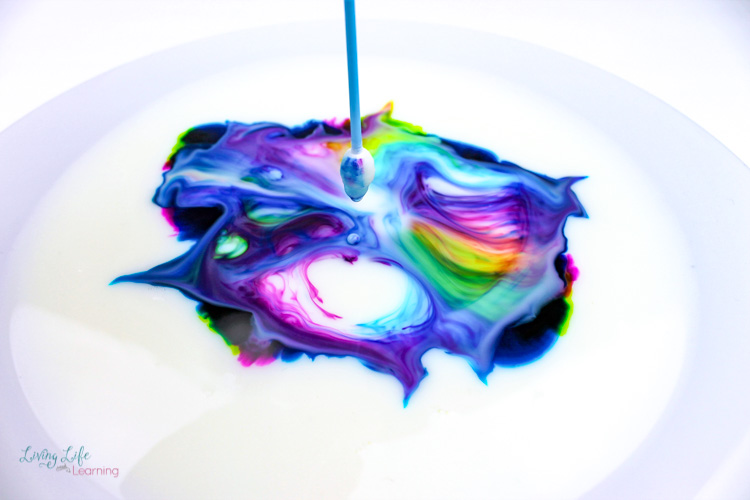
Kids will love seeing chemistry in action with this fun magic milk science experiment! This is a great opportunity to learn about surface tension and the interaction of different kinds of molecules as you watch colors swirl and create beautiful patterns.
Bouncy Egg Experiment
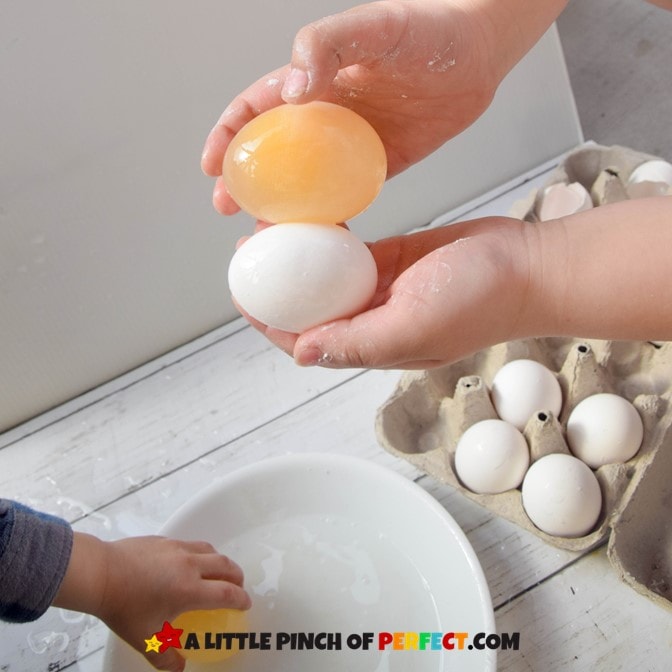
Learn about chemical reactions with this bouncy egg experiment for kids. Your kids will be fascinated watching their egg’s structure change over the course of this experiment, leaving them with an egg that actually bounces!
Easy Paper Helicopter DIY STEM Activity
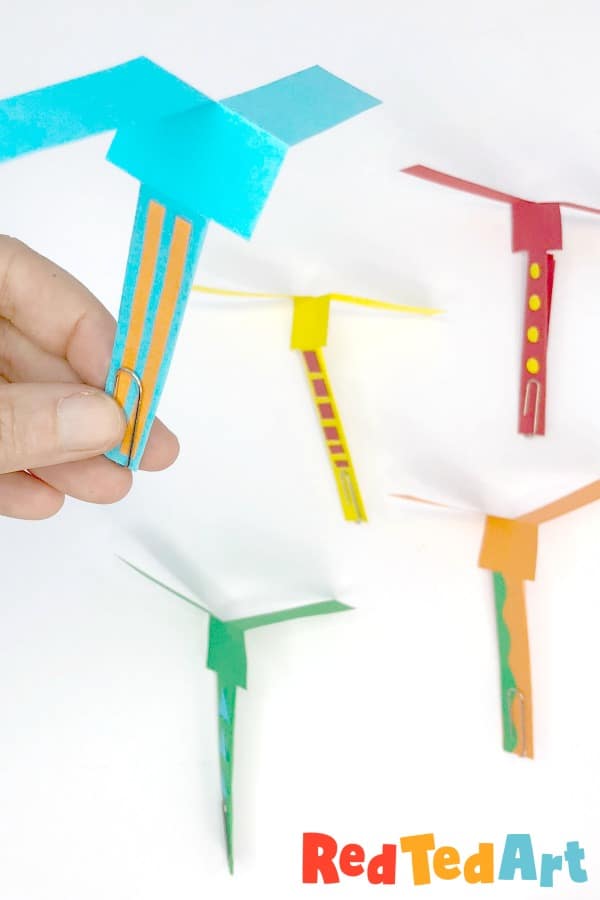
Kids will have a blast creating simple helicopters from paper and watching them twirl to the ground when dropped in this DIY STEM activity!
This hands-on activity teaches children about the forces of gravity, lift, and air resistance. By experimenting with different variables in their design, kids can also explore how these factors affect the way the helicopter flies, providing insights into the principles of flight and aerodynamics in a fun and interactive way.
Jell-O and Vinegar Experiment for Scented Science Fun
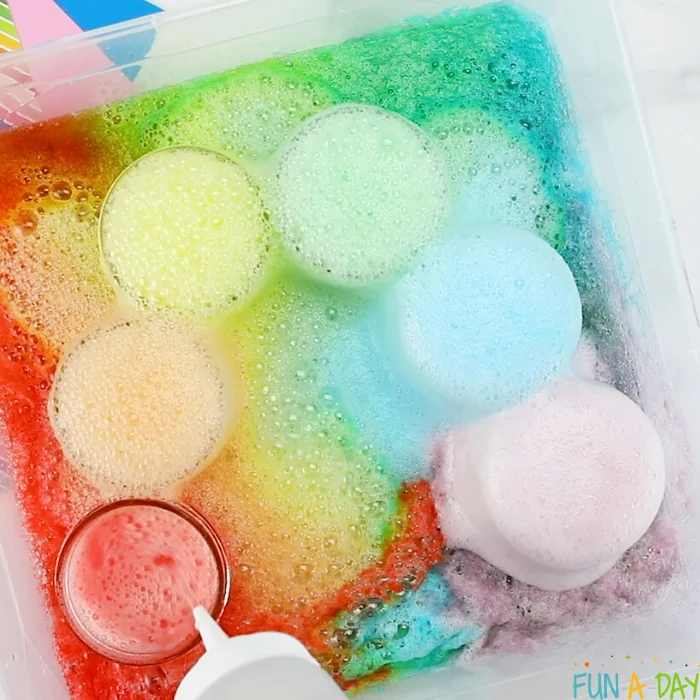
In this Jell-O and vinegar experiment, kids can learn about chemical reactions in a fun and visual way! Adding vinegar to the Jell-O and baking soda mixture will create a fizzy, colorful eruption that will leave kids wanting to do this experiment over and over again.
Growing Gummy Bears Experiment for Kids
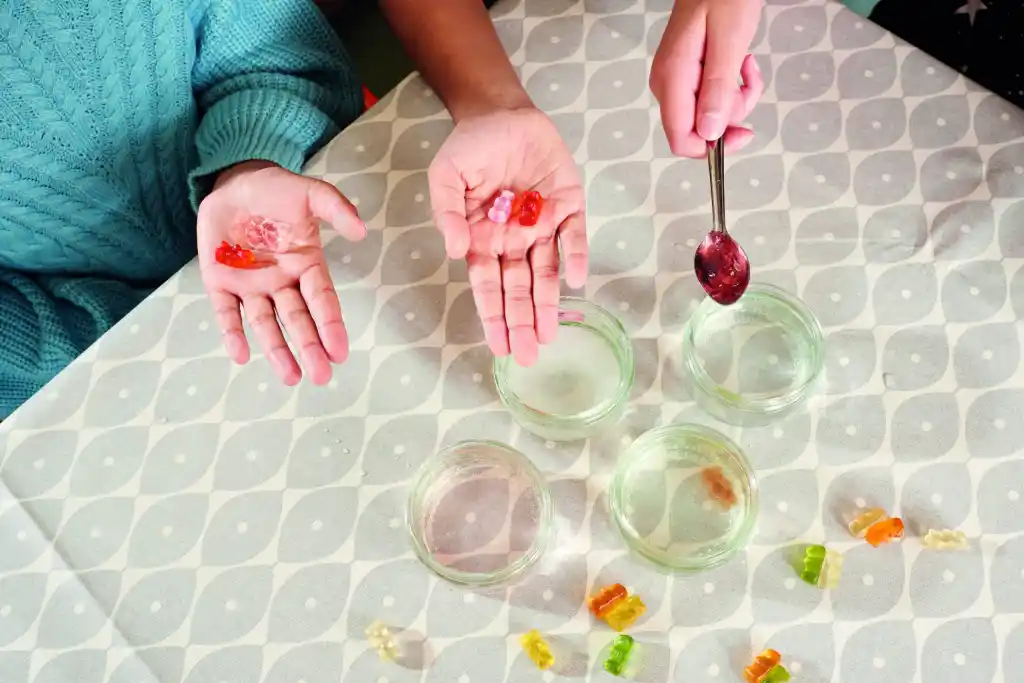
In this easy experiment, kids place gummy bears in different solutions like water, saltwater, and vinegar to observe how they change in size. This experiment is a fun way to help children learn about osmosis, the process by which water moves through a semi-permeable membrane.
Skittles Rainbow Experiment
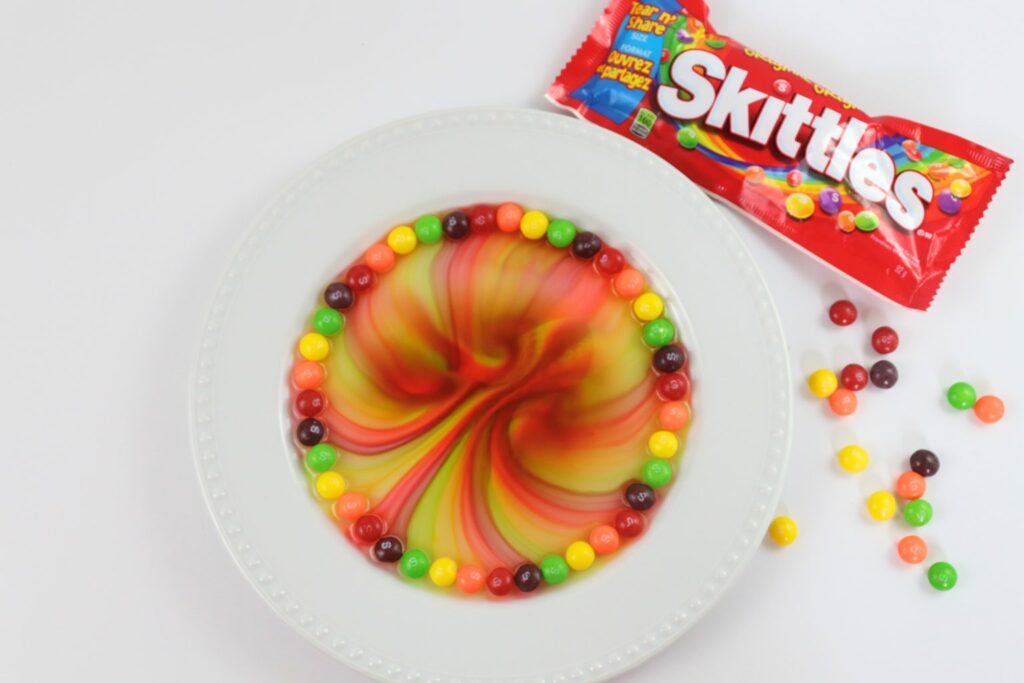
With this experiment, kids can create their own colorful rainbow at home using Skittles! This is a great way for kids to learn about the concept of diffusion, demonstrating how colors and substances mix and move through water.
Make an Ant Farm Science Experiment for Kids
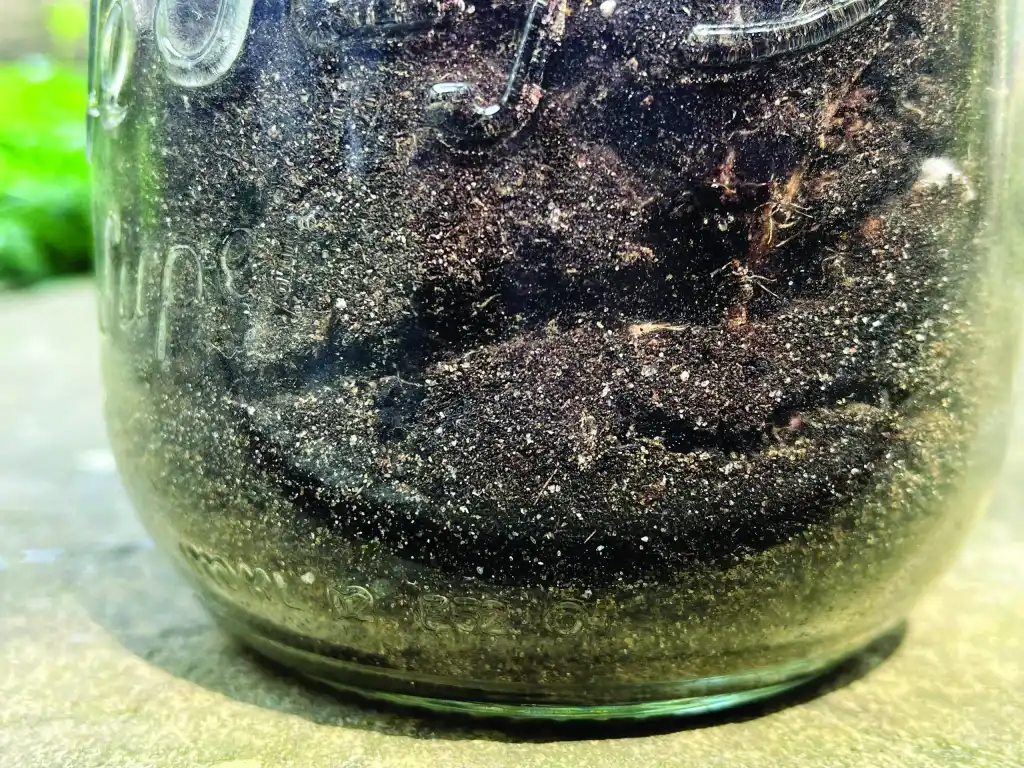
Create a miniature habitat in a jar with this ant farm science experiment!
This experiment helps children learn about the fascinating world of ant biology, including their social structures, tunneling behaviors, and how they work together to create and maintain their underground homes.
How to Make a Lava Lamp Experiment
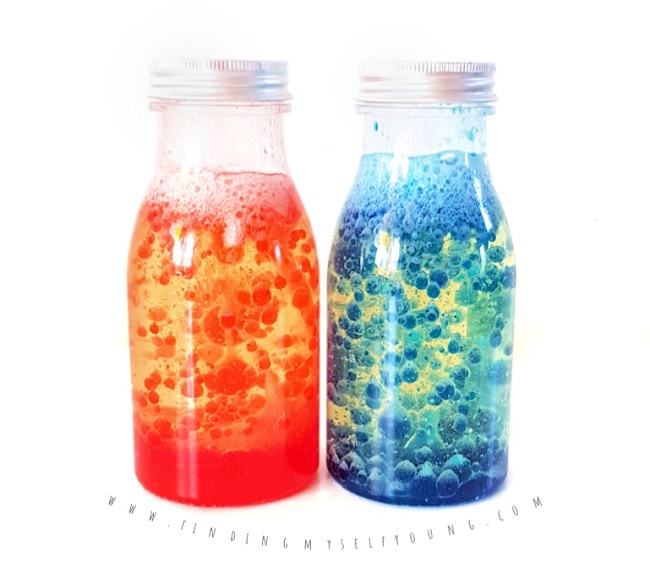
Kids can make a mesmerizing lava lamp at home using a few simple ingredients, transforming ordinary items into a exciting science project.
This experiment is a fun and interactive way to explore concepts of liquid density and gas production, plus it’s so colorful and fun to look at!
Make Your Own Water Compass Science Experiment
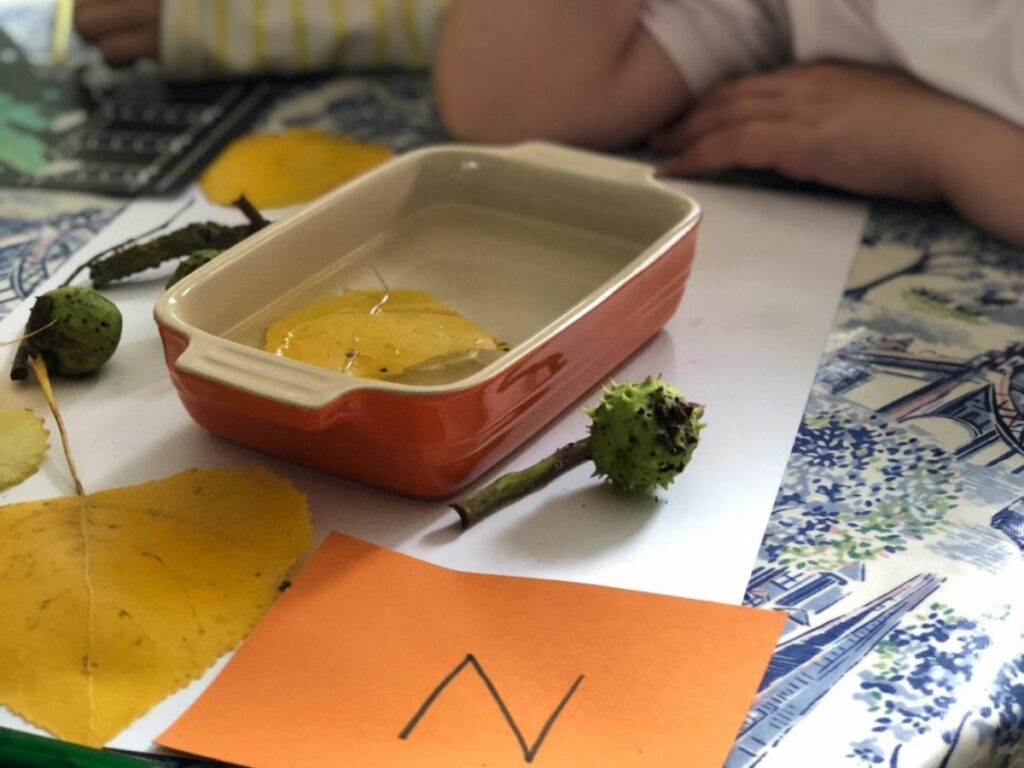
In this fun experiment kids can make their own water compass and learn to magnetize a paper clip! This experiment helps children understand the principles of magnetism and how the Earth’s magnetic field can be used for navigation.
Hot and Cool Colors Outdoor Science Experiment for Summer
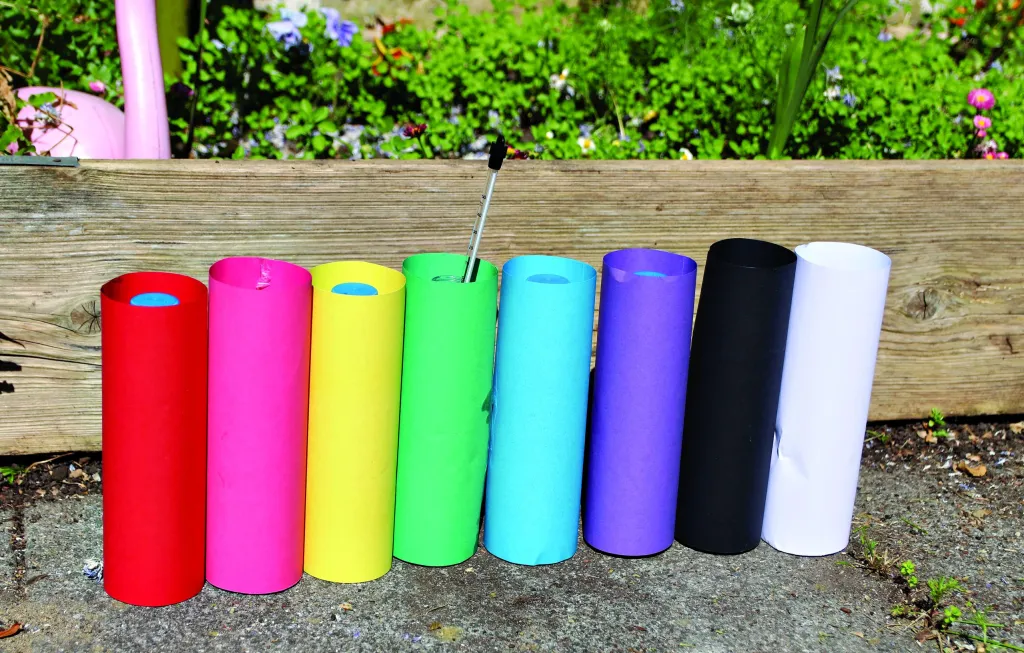
In this hot and cool colors experiment, kids see how color affects temperature and learn about the concept of heat absorption.
It’s a hands-on way to explore the relationship between color and temperature in a fun, summer-friendly activity.
Growing Rock Candy Sticks
What kid wouldn’t love to grow their own rock candy? That’s exactly what they’ll learn to do in this fun experiment!
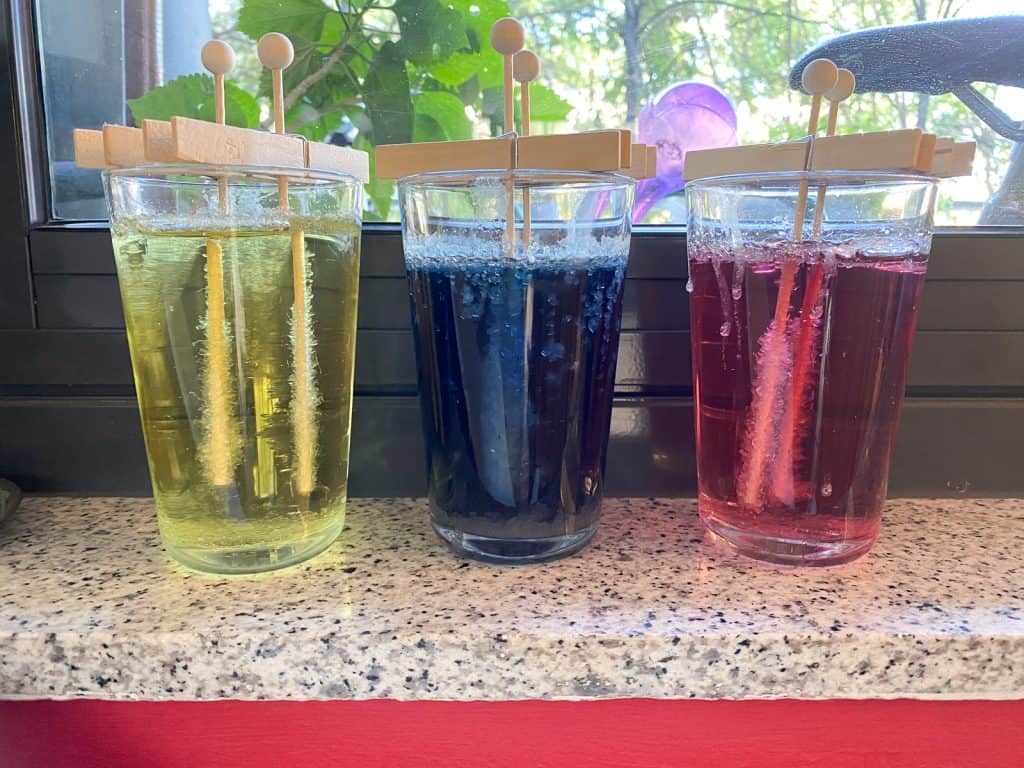
This experiment helps children learn about the process of crystallization, demonstrating how saturated solutions deposit solids as they cool and evaporate. It’s a sweet and educational way to explore the principles of solubility, saturation, and crystal growth.
Magic Paint Potions: A DIY Process Art Lab for Kids
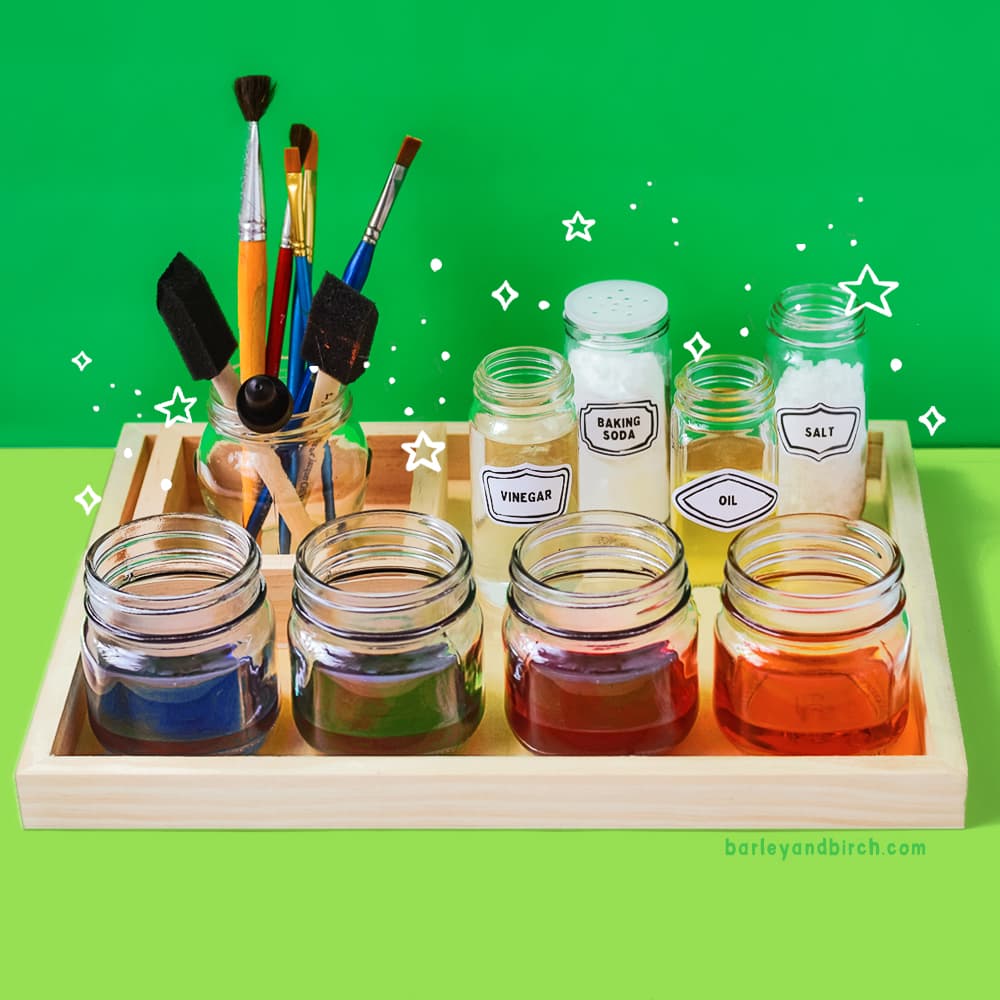
Use common household ingredients to make your own magic paint potions- and some pretty awesome art in the process!
This is an engaging, hands-on way for kids to learn about chemical reactions as they experiment with the different art their “potions” can create.
How to Make a Papier Mache Erupting Volcano
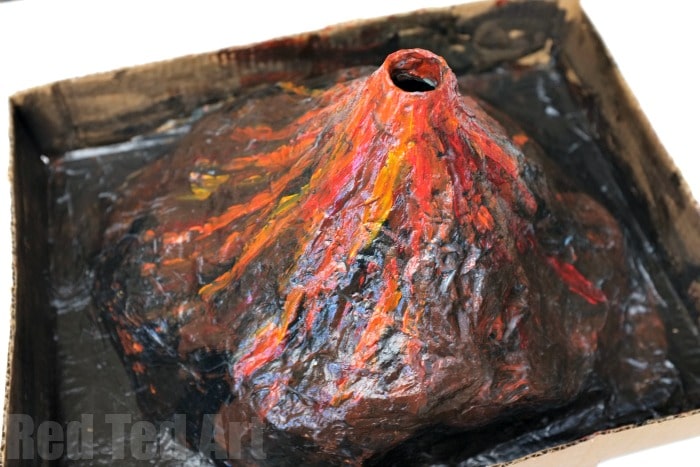
Kids will love making their own bubbling, erupting volcano with this fun activity!
This classic experiment helps children learn about chemical reactions and the dynamic nature of volcanic eruptions. And what kid wouldn’t love to see a mini volcano that actually erupts?!
Heart STEM Activity for Kids
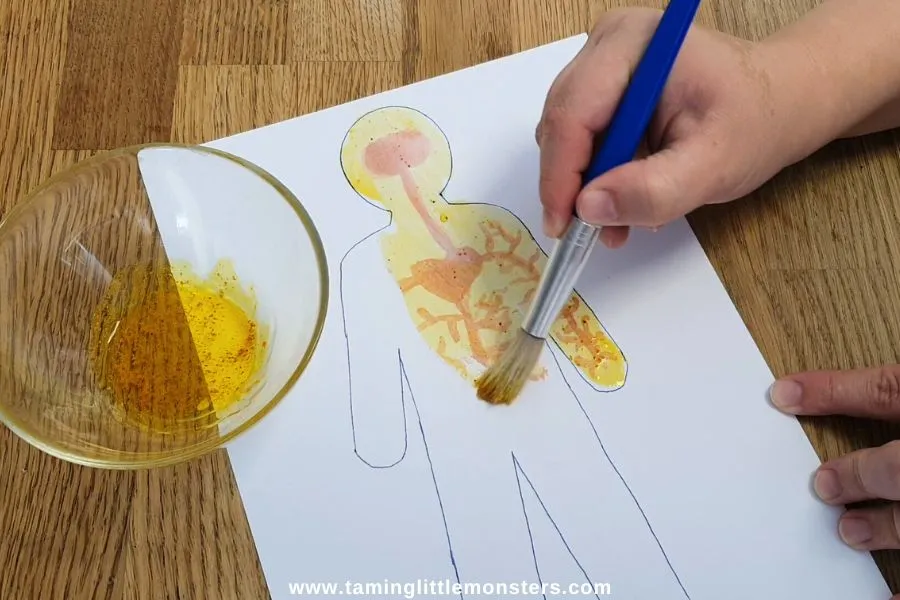
In this fun science activity, an invisible ink solution is used to paint a simple diagram of the human cardiovascular system on a paper outline of the human body. By using a special reagent to reveal the hidden ink, kids will be delighted to see the heart, veins, and arteries “magically” appear.
This engaging experiment teaches children about the cardiovascular system, while also demonstrating the chemical reaction between the invisible ink and the reagent that makes the hidden illustration come to life.
Leaf Chromatography Science Experiment For Kids
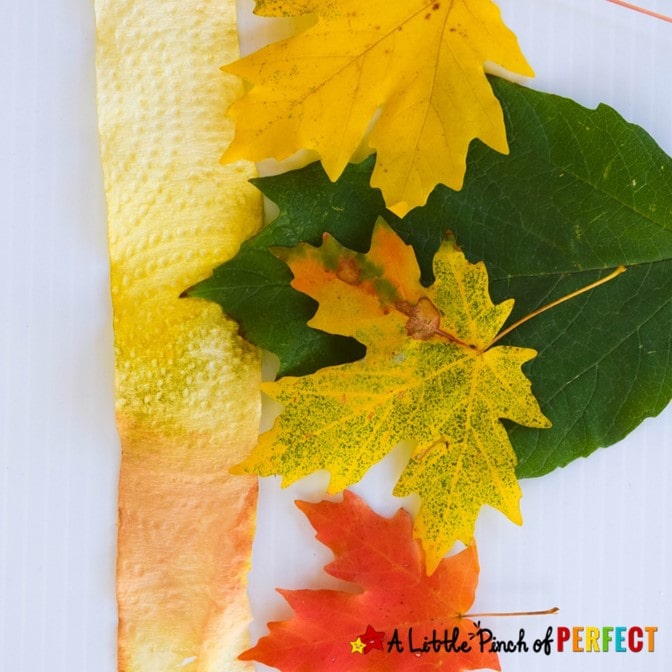
In this leaf chromatography science experiment, kids explore the hidden pigments in leaves by separating their colors using a simple chromatography technique.
This fascinating activity helps children learn about leaf pigmentation, revealing the different chemicals like chlorophyll and carotenoids that give leaves their vibrant green, yellow, and orange hues.
Underwater Volcano Experiment for Kids
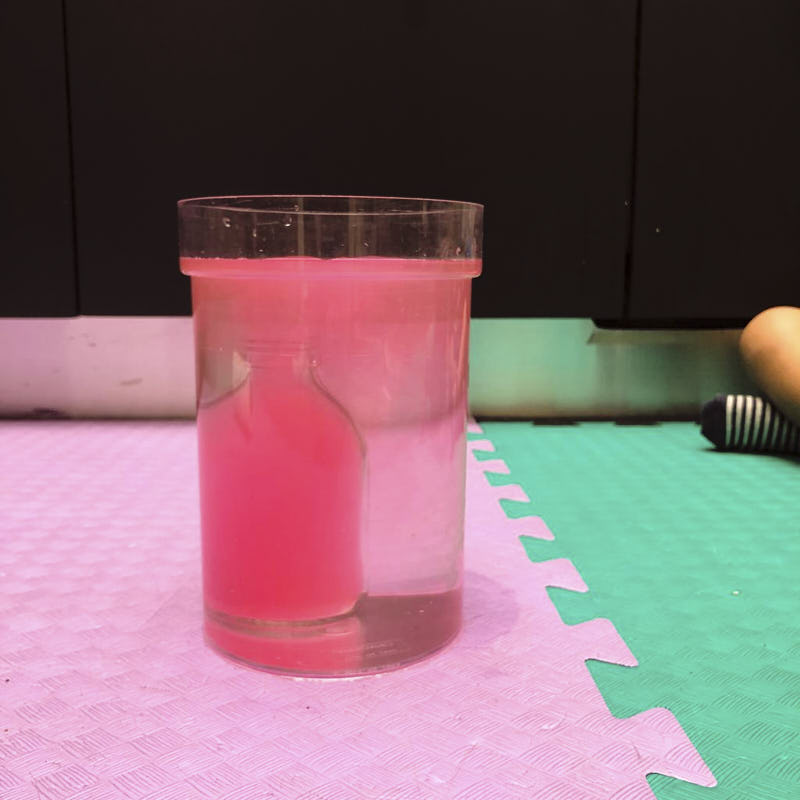
This underwater volcano experiment teaches children about the principles of density and convection currents, demonstrating how warm water, being less dense, moves upwards through colder, denser water. It mimics the way underwater volcanic eruptions release hot magma, creating dynamic movement and mixing in the ocean.
How to Make a Mini Balloon Racecar
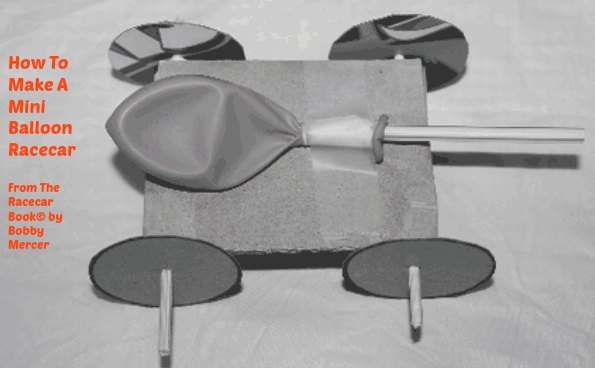
In this fun project, kids create a small racecar powered by the force of a deflating balloon.
As the air rushes out of the balloon, it propels the car forward, providing a hands-on way to learn about Newton’s Third Law of Motion: for every action, there is an equal and opposite reaction.
Working Indoor Water Cycle Experiment
Learn all about the water cycle with this working indoor water cycle experiment!
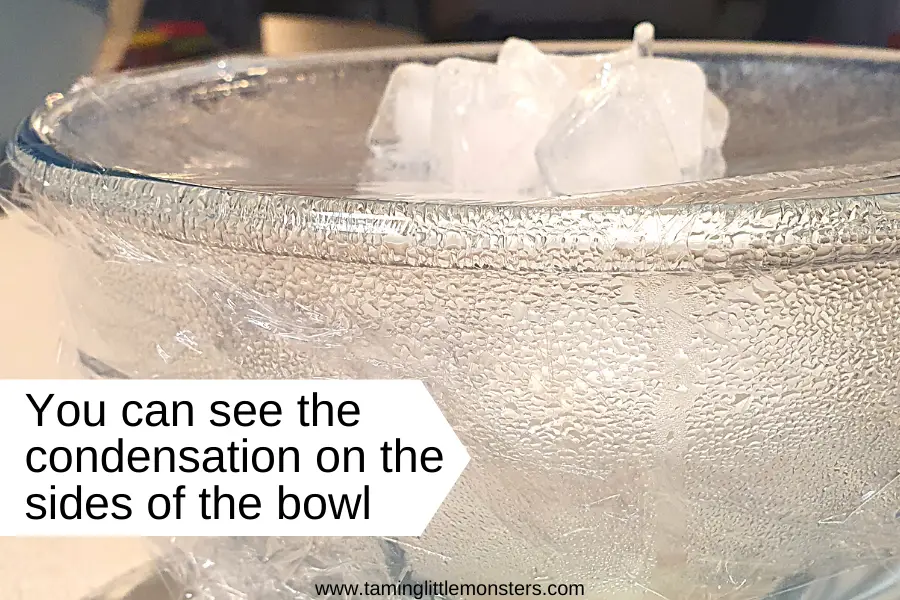
This experiment helps children understand the stages of the water cycle by observing how water vapor rises, condenses into droplets on the cling wrap, and then falls back into the bowl, mimicking rain.
It’s a hands-on way to explore the processes of evaporation, condensation, and precipitation in a contained environment.
Fun Bouncing Bubbles Activity
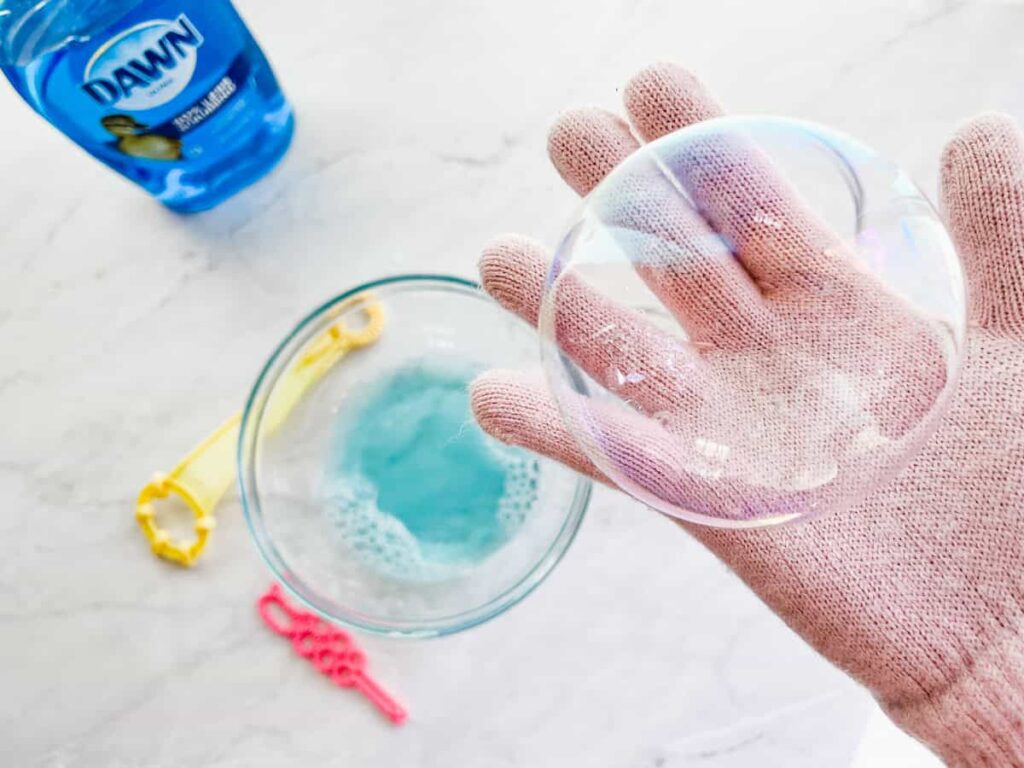
In this bouncing bubbles experiment, kids create a special bubble solution that allows them to make bubbles that can bounce without popping easily.
This fun activity helps children learn about surface tension, which is the force that holds the surface of a liquid together. Kids explore how surface tension works to keep the bubbles intact, providing a fascinating look at the properties of liquids and the science behind bubbles.
Final Thoughts
Exploring these easy and engaging science experiments is a fantastic way to spark curiosity and excitement in young minds.
Each activity, from making a raincloud in a jar to growing rock candy sticks, provides a hands-on opportunity for kids to discover fundamental scientific principles.
These experiments transform everyday materials into tools for learning, making complex concepts like density, osmosis, and the water cycle both accessible and fun.
I hope these experiments inspire your children to ask questions, make observations, and see the world around them through the lens of a budding scientist.
Keep experimenting and enjoy the journey of discovery together!

